Although roof repairs are generally a warmer-season project, there are some fixes that can be done in winter. In fact, some SHOULD be done so that any winter damage is minimized. This has been a somewhat robust winter in the Twin Cities, and with the wildly varying temps and the snow load, your roof has been through a lot. Repeated cycles of deep cold and then above-freezing temperatures can crack asphalt shingles. High winds and broken, blowing branches can rip sections loose. And if you've had ice dams, they bring with them a whole other set of problems.
Of course, if a major section of your roof needs repair, and your roof is older, you're probably better off waiting until spring and scheduling an entire roof replacement. But small repairs don't have to wait for warmer weather, and in fact they should be taken care of to prevent any structural damage once the rainy season starts. A damaged roof is one that has the potential to leak, and for that reason it's best to take care of minor repairs now. That type of work is best left to an experienced roofing contractor. But until then, here are some small things you can take care of to tide you over until then.
Before you begin any repairs, however, there are two things you need to check. First is your local building inspector - some municipalities require a building permit for ANY roof work, even repairs. Then check your shingle manufacturer's warranty. Some require work to be done only be certified or manufacturer-approved contractors to keep the warranty effective.- Seal small holes or cracks with a roof sealant, using a caulk gun.
- Use a putty knife to apply roofing cement to the reverse side of a torn shingle; then press into place.
- Roofing cement can also be used to put curled shingles back down - apply the cement underneath and then push down.
- A single shingle can be replaced carefully, using a pry bar to remove the roofing nails. Carefully slide the damaged shingle out, and slip a new one it its place. Add new roofing nails with roofing cement under their heads. Also add some roofing cement to the bottom edge of the mew shingle as well as the one directly above it.
Subscribe to Quarve Contracting's Blog


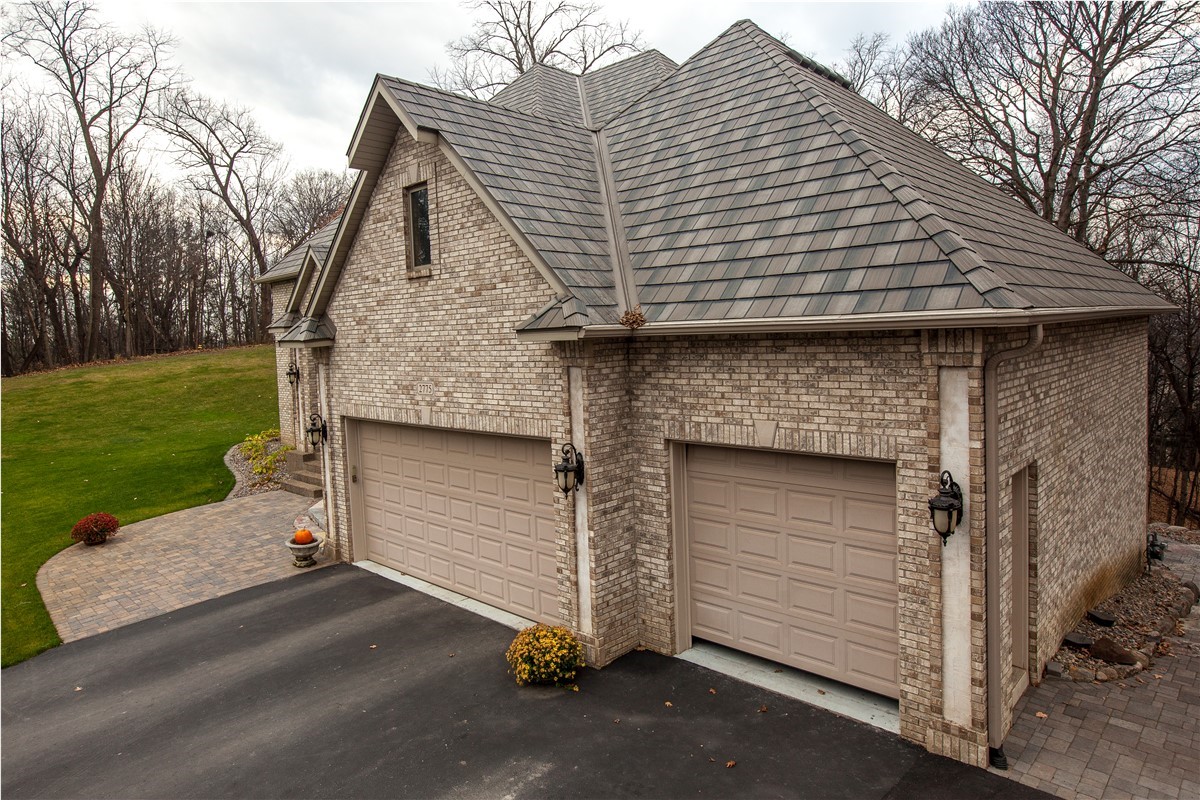
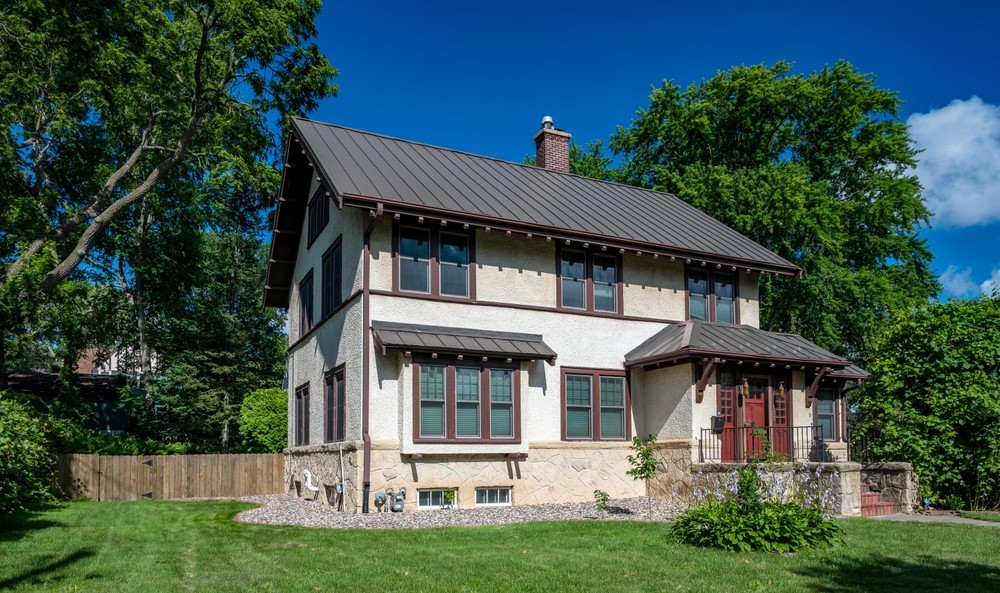
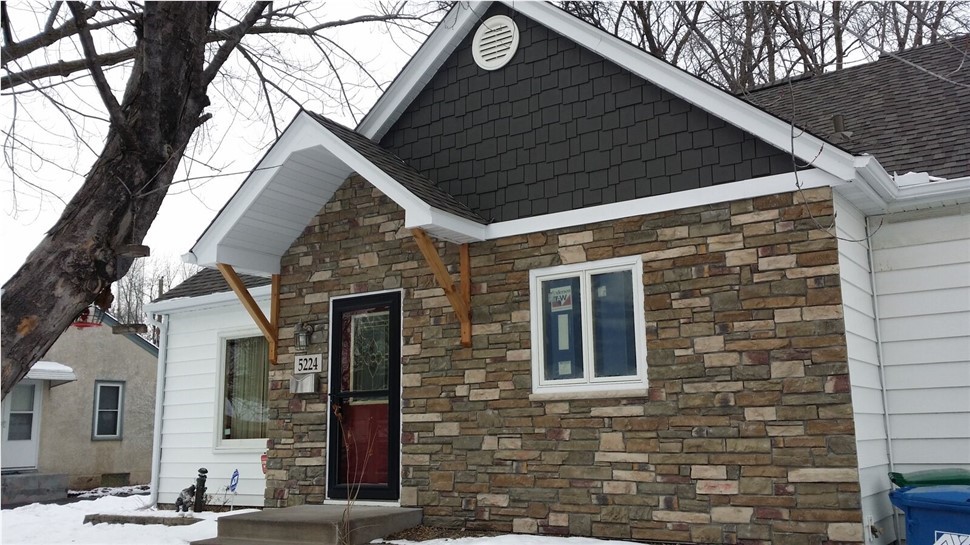
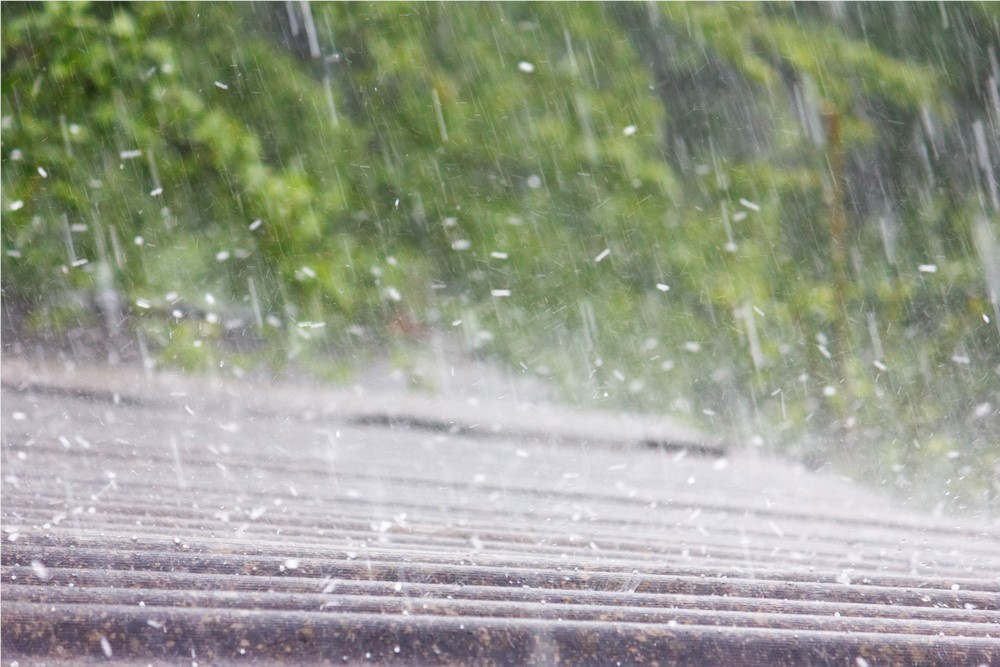
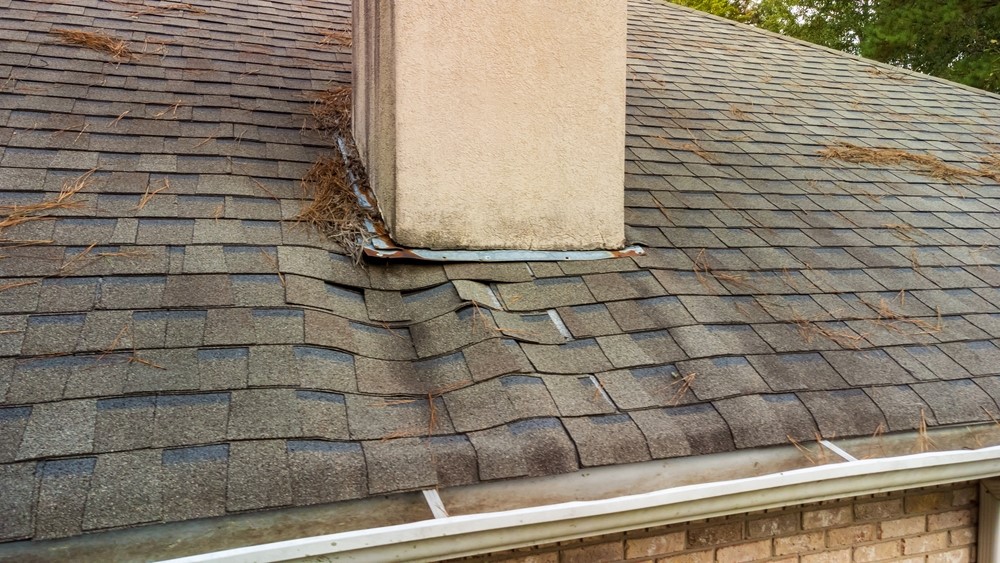
Comments